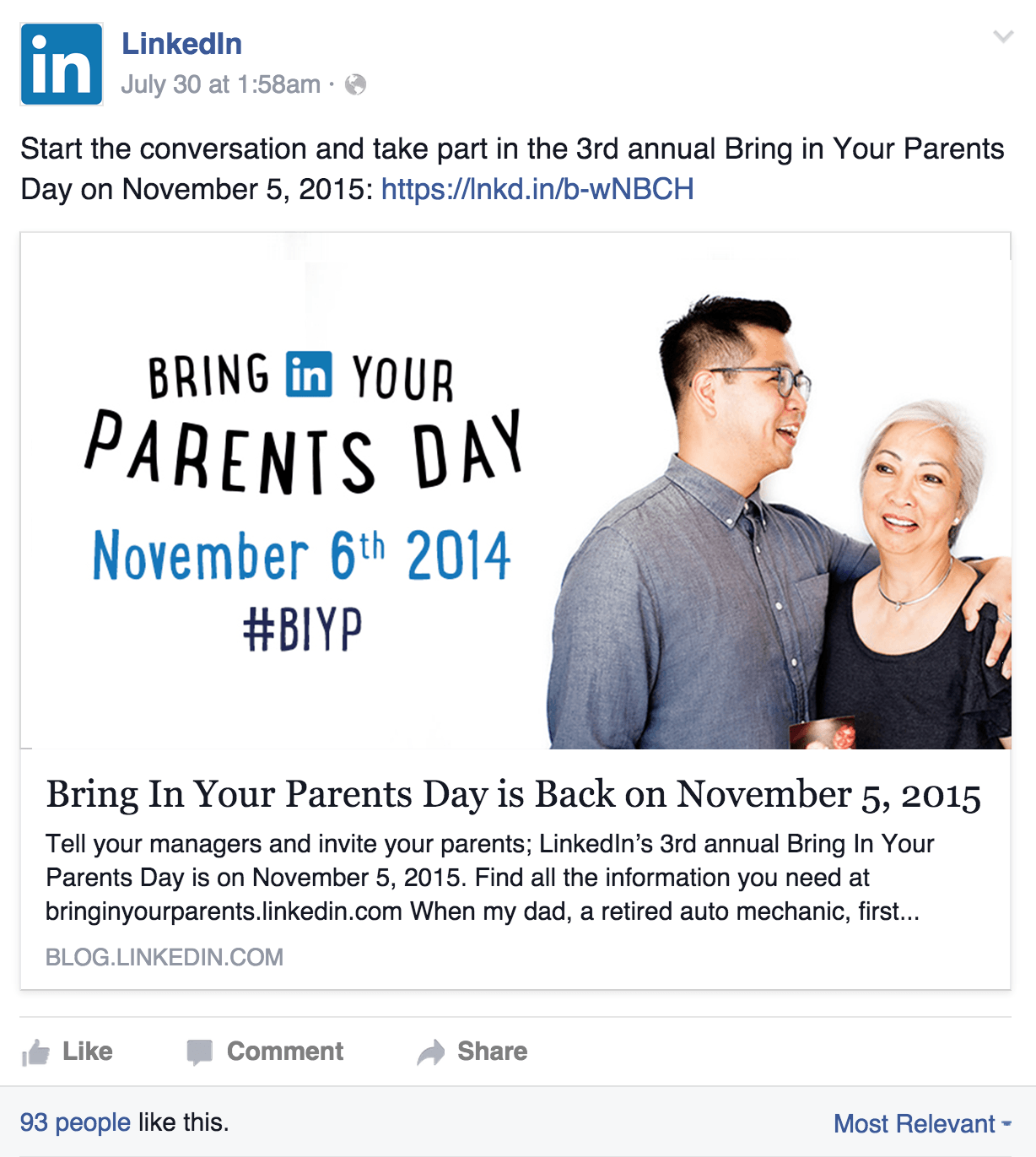Today´s fast-paced business, internet and social media environment has forced a number of companies to strategically target customers differently. If you haven´t noticed lately that on social media platforms (Facebook, Twitter, Pinterest, LinkedIn, Snapchat, and others) content distributed by brands and marketers has shifted increasingly towards microcontent. In other words, most of the messages they target to their audiences is in short form.
According to Smartinsights.com, microcontent yields a lower cost and is of high value since it’s appropriate for social media networks. To sell to a targeted customer on social media it´s going to require effective execution of your branding and marketing plan. Conforming to a LinkedIn analysis expect more strategies tailored towards compact microcontent visuals including business to business (B2B) and business to consumer (B2C) social selling.
Before taking care of what narrative and tone to use to pitch your products and services it is important to remember some fundamental things to social selling. The first one is to build meaningful relationships and the other is provide authentic messages. Do not just start hard selling, but rather answer questions with the goal of providing value to the social customer. Otherwise you are setting yourself up for total failure and disaster in gaining trust with the masses.
What is the best approach to microcontent? There is never a silver bullet answer, and there will be exceptions for those brands that create that one successful post that goes viral. But Customerthink.com highlights that this category of content is all about a volumes game. To put it in another way, it is not about making a single video or post to arrive at millions of views on the first attempt. It is about content frequency and it will fare better to do 10 small pieces of content rather than place all your efforts into one single post.
Insights and stats on microcontent use
It is safe to say that companies, businesses, marketers, enterprises, and other entities will be betting big on microcontent for the upcoming year. There is an old saying when something or an idea is too complex to explain it is easier to convey it with a single image. To clarify, it means a “picture is worth a thousand words”, so use pictures intelligently and effectively with your targeted audience.
As the above visual demonstrates an image (quote, picture, infographic, and visualization) has larger chances to have a more significant impact than a video, sound or text. In addition, 90 percent of the information transmitted to our brain is visual and 40 percent of people respond better to visual content.
Elsewhere, marketers have confirmed visual content yields positive results and the use of it increases engagement from a targeted customer by 37 percent. Consequently, the advice is to create original and compelling graphics with your social media accounts whenever possible. Furthermore, remember that each social media channel is unique and different. Do not distribute the same content on all the platforms because that defeats the purpose of staying original. Add graphics from time to time including funny memes and promotional brochures or banners.
“Branding and marketing as we know it has radically shifted nowadays. The use of microcontent that is optimized for today´s social media platforms forces a number of us to really rethink originally about what we do as a company and how the information we distribute effectively resonates with targeted customers. One of the keys to really driving up engagement and loyalty towards you brand is combining mind-blowing content with visually appealing and relevant images,” according to FM Digital Group.
When looking at the B2B competition it is an arms race for visual content. Below are the following stats on where the race is at:
- 70 percent of marketers reported planning to increase use of original visual assets for 2015
- Visual content was rated among the top 5 most effective B2B marketing tactics
- In 2014 video content increased from 8 to 58 percent while infographics grew from 9 to 52 percent
- 86 of buyers expressed desire to access interactive visual content on demand
The moral of the story is get more visual content in front of your audience and monitor closely those interactions.
Examples of case studies utilizing effectively microcontent
Here’s the way to understand how microcontent can be put to good use and how it will work it needs to tell two stories simultaneously. First, with the visual you share with others it needs to contain a compelling trend, an inspirational message or a metric. And the second one is what can your brand promise to deliver to customers, according to Visually´s content playbook.
How can companies leverage the use of this type of content to generate engagement and leads? In the content playbook it lists case studies of how a brand applied basic principles of using good and relevant microcontent.
In the first case study LinkedIn used microcontent on its existing Facebook page. Specifically, it commemorated events and shared inspirational messages with its targeted audience. This approach breaks from the site´s networking, social media and job hunting efforts. It gives the company a more human feel to it.
For a different brand like Arts.com it took on a different approach than LinkedIn. The company created a snackable videos on Facebook by transforming art into a more relatable practice for consumers who enjoy do it yourself (DIY) projects.
Finally, another good example of a brand using vivid and poignant photos as microcontent is Whole Foods Market. How it does it superbly is through videography and photography with real world imagery.
In the above image it is a great example of a real life representation accompanied alongside with text anchored to contextualize it. As a matter of fact, every visual that Whole Foods shares on Facebook and Twitter feeds presents a self-contained story about their products, according to the eBook.
Conclusions and takeaways
Now, that we have looked at several stats and metrics start getting your ducks in order in regards to your microcontent. It’s no easy task, but it’s achievable if you apply some of the concepts the way some brands have done successfully.
Just because you specialize in something does not mean you have to talk about what you do. What you need to understand is not how you do it. It is the tone and narrative that are instrumental to this endeavor.
Things you want to start sharing with regards microcontent are: infographics, eBooks, video, and presentations. Do not limit yourself because you can share content from other parties on your existing network. Why share a silly YouTube or Vine video of Adele´s recent song “Hello”? Because we all listen to music and this action on social media is perceived as human.
Get to know better your platform, prioritize your items you will share, tell a story, use colorful and vivid images, and offer meaningful experiences that provide value to your customers.

















































